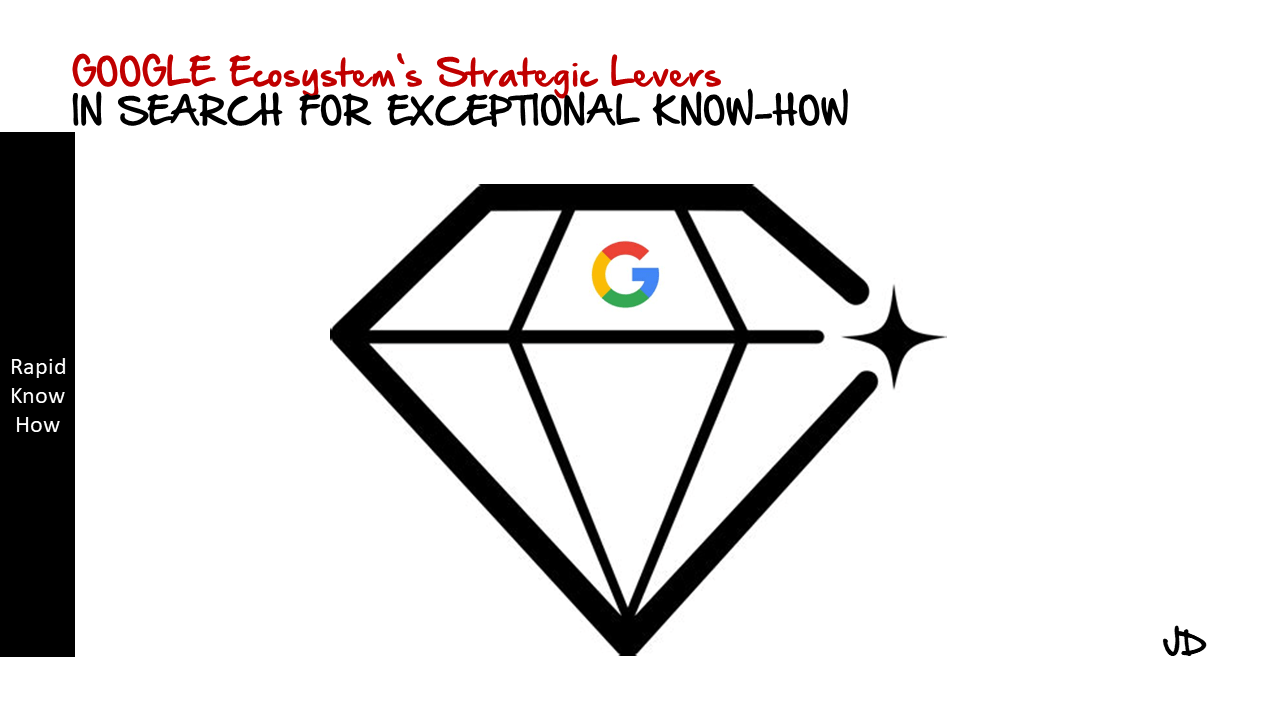Cracking the GOOGLE Ecosystem in Use
The Google Ecosystem is a complex, interconnected network of services, applications, and platforms that are designed to work seamlessly together to provide a comprehensive digital experience for users. It includes everything from the ubiquitous Google Search and Gmail to the Android operating system, Google Drive, Google Maps, YouTube, and many more.
Understanding how this ecosystem is designed and how it works can provide significant strategic advantages for businesses and individuals alike. Let’s delve into these aspects in more detail.
Design of the GOOGLE Ecosystem
The design of the Google Ecosystem is rooted in its mission statement: “to organize the world’s information and make it universally accessible and useful.” To achieve this, Google has created a suite of interconnected services that share data and functionality.
For instance, if you’re logged into your Google account, you can seamlessly switch between Gmail, Google Drive, Google Photos, YouTube, and other services without having to log in again. This integration extends to mobile devices through Android OS and apps like Google Maps and Google Assistant.
Moreover, the ecosystem is designed with scalability in mind. It’s built on robust cloud infrastructure that allows it to handle vast amounts of data and deliver fast, reliable service across all its platforms.
How the GOOGLE Ecosystem Works
The Google Ecosystem works by leveraging data from its various services to enhance user experience across the board. For example, if you search for a restaurant on Google Search, you might see its location on Google Maps, reviews from other users, photos from Google Images or even book a table through integrations with reservation platforms.
Google’s algorithms use your search history, location data (if enabled), device information and more to personalize your experience across all its services. This means that your search results, YouTube recommendations or even ads you see are tailored based on your behavior within the ecosystem.
Strategic Advantage of the GOOGLE Ecosystem
The strategic advantage of using the Google Ecosystem lies in its integration, personalization capabilities and vast user base.
Integration: The seamless integration between different services makes it easy for users to switch between tasks without leaving the ecosystem. For businesses, this means they can leverage multiple platforms (like AdWords for advertising or G Suite for productivity) while maintaining consistency in user data.
Personalization: The use of data across all platforms allows for highly personalized experiences. This can lead to higher engagement rates for businesses as ads or content can be tailored based on user behavior.
Vast User Base: With billions of users worldwide across its various platforms, businesses have access to a wide audience. This also means a wealth of data that can be used for market research or targeting specific demographics.
In conclusion, understanding how the Google Ecosystem is designed and how it works can provide significant strategic advantages. Whether you’re an individual looking to streamline your digital life or a business seeking to reach a wider audience or improve productivity – mastering the intricacies of this ecosystem can be highly beneficial.
